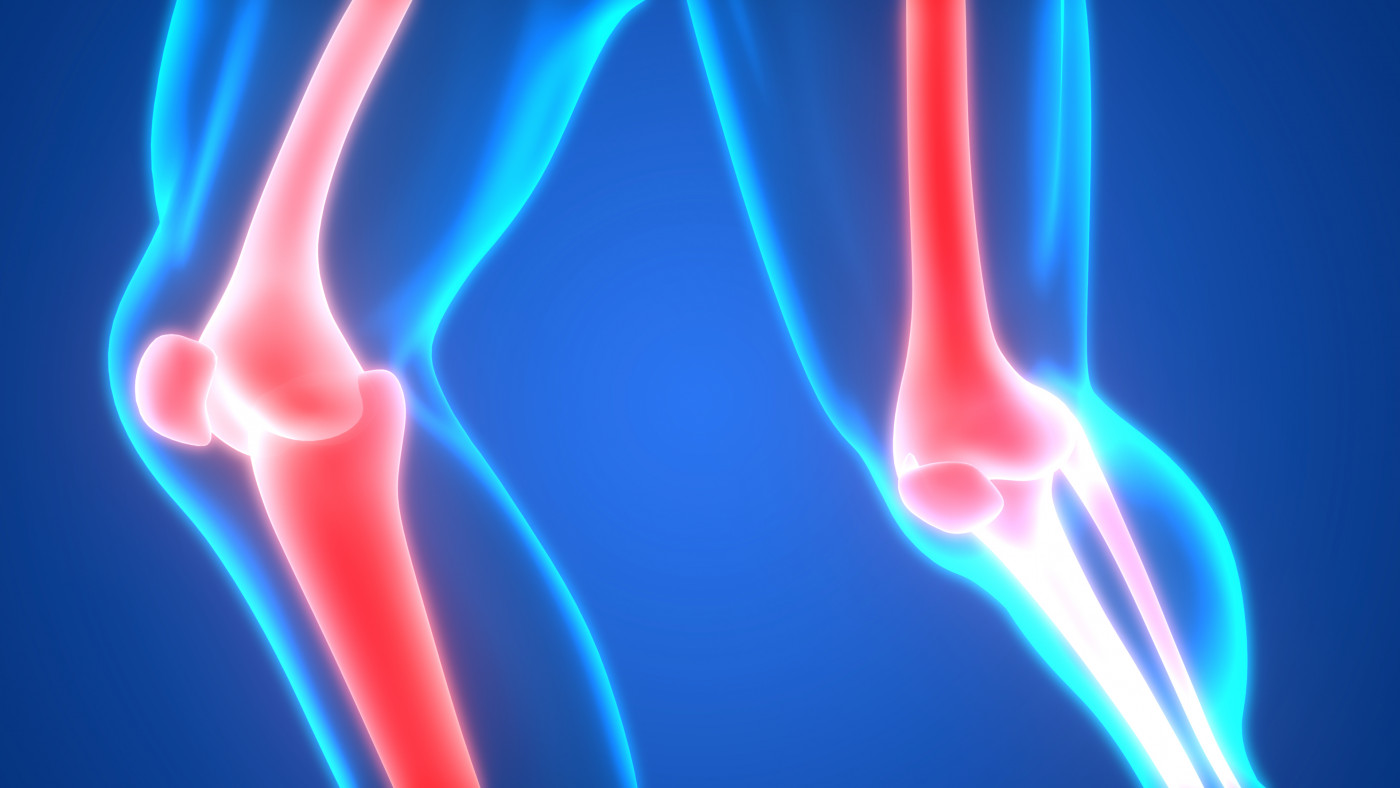Reduced Parathyroid Hormone Levels May Be Beneficial in PHP Patients, Study Finds

Treatment of patients with pseudohypoparathyroidism type 1B should involve lowering parathyroid hormone levels to avoid adverse effects on bone, according to a recent study.
Pseudohypoparathyroidism (PHP) is a heterogeneous group of rare endocrine disorders characterized by normal renal function and resistance to the action of the parathyroid hormone — a hormone secreted by the parathyroid glands that plays a crucial role in bone remodeling.
There are five variants of pseudohypoparathyroidism, of which PHP type 1a is the most common subtype, representing 70 percent of all cases.
There is currently not enough data to draw definitive conclusions about whether bone tissue in PHP patients is responsive to the parathyroid hormone (PTH).
One study in PHP1A patients showed that total body and lumbar spine bone mineral densities — the density of minerals like calcium in the bones — were not significantly different from normal controls, despite secondary hyperparathyroidism. No large sample studies have been conducted in PHP1B patients.
In the study, “Bone mineral density and its serial changes are associated with PTH levels in pseudohypoparathyroidism type 1B patients,” published in the Journal of Bone and Mineral Research, Chinese researchers assessed the association between bone mineral density and parathyroid hormone (PTH) levels in a large group of PHP1B patents.
The study included 48 PHP1B patients who had been diagnosed using molecular analyses between the years 2000 and 2016, and 55 matched controls who had nonsurgical hypoparathyroidism (NS-HP).
Twenty-four out of the 48 PHP1B patients had been regularly treated with calcium, while the remaining 24 had not been treated. Data regarding lumbar spine, femoral neck, and total hip bone mineral densities were collected and compared.
Bone mineral densities and PTH levels were similar in the treated and untreated patients, but untreated patients had lower serum calcium levels. Bone mineral density was higher in the lumbar spine compared to both femoral neck and total hip in PHP1B patients.
Researchers found the parathyroid hormone was found to be a significant predictor for lumbar spine bone density in PHP1B patients.
The data reveal that skeletal tissue in PHP1B patients responds to the parathyroid hormone, with heterogenous sensitivities in different bone regions.
“Therefore, it is reasonable to normalize PTH levels when treating PHP1B to avoid negative effects of PTH on bone,” researchers wrote.
Still, additional studies on the skeletal micro-structure and fracture risk are necessary for a more comprehensive evaluation of bone metabolism in these patients, and to provide more evidence for optimal blood parathyroid hormone targets during treatment.






